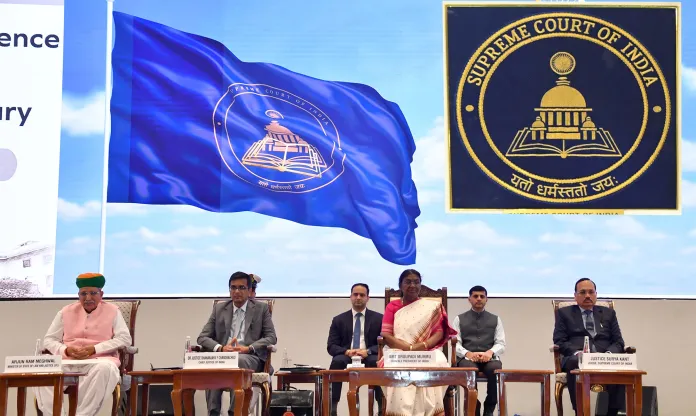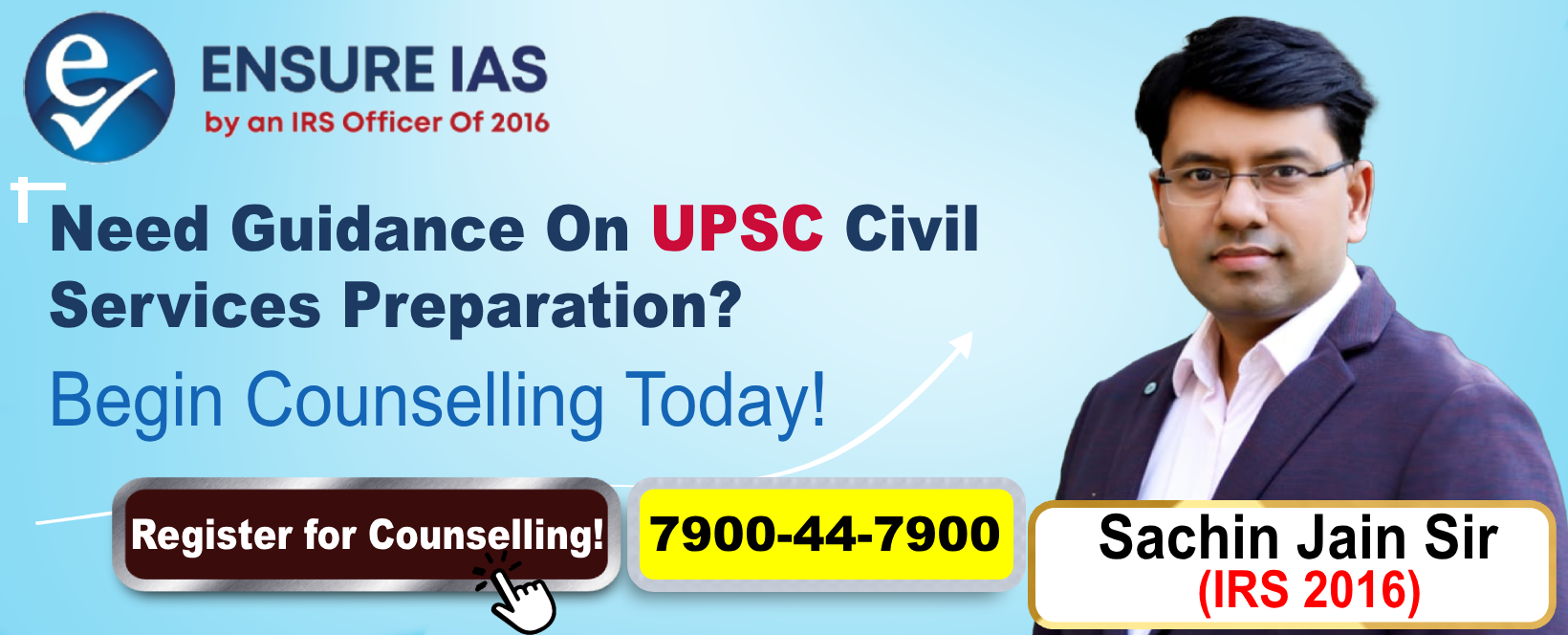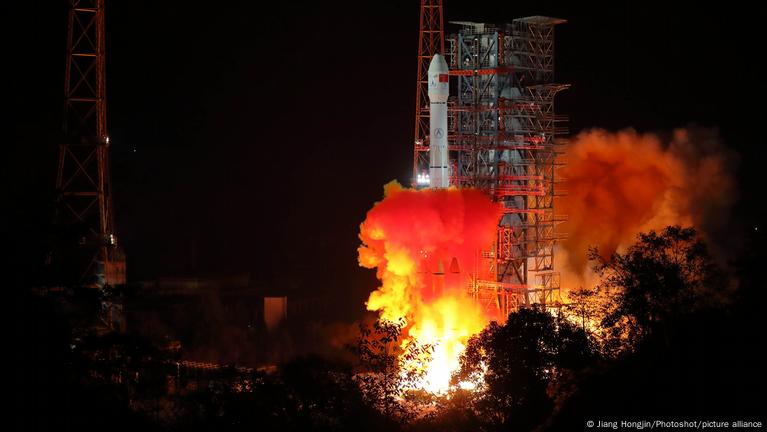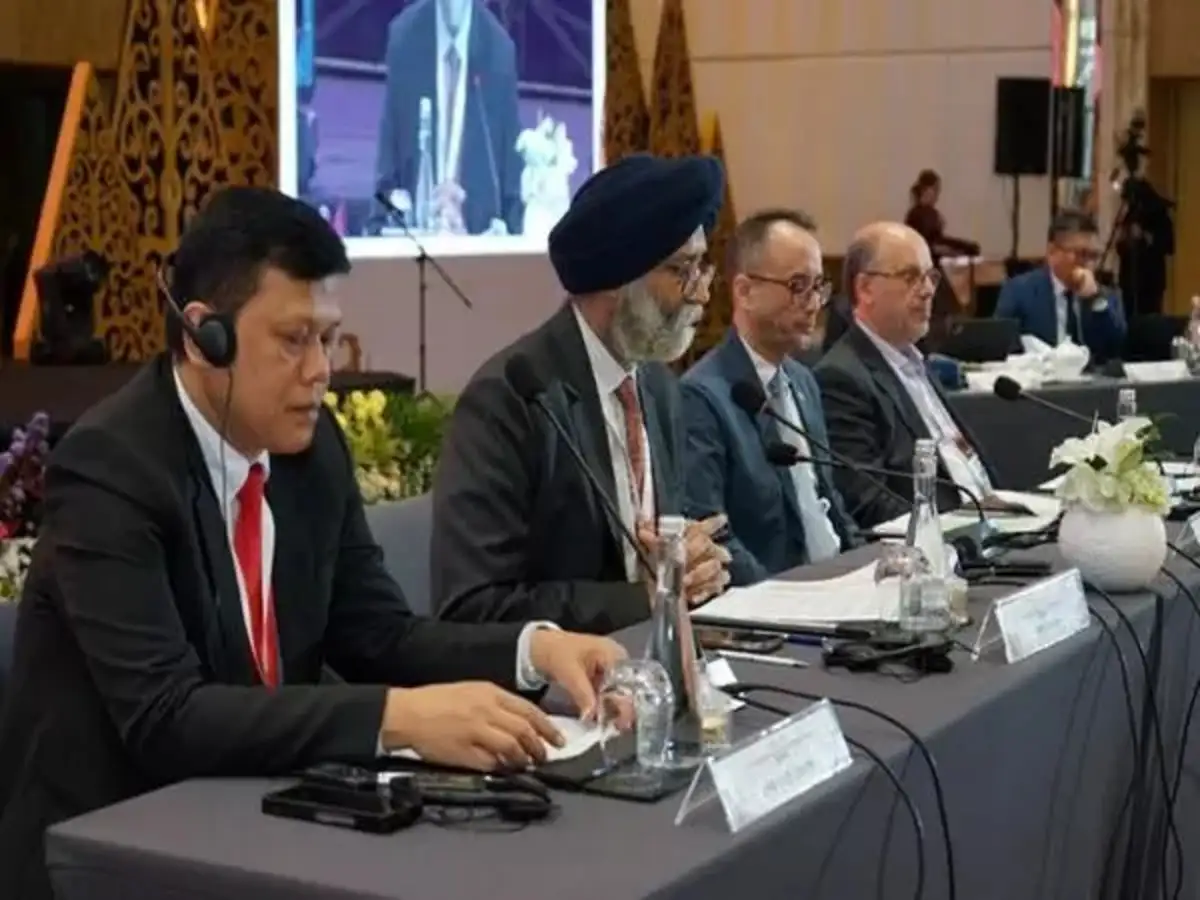- Courses
- GS Full Course 1 Year
- GS Full Course 2 Year
- GS Full Course 3 Year
- GS Full Course Till Selection
- Online Program
- GS Recorded Course
- NCERT (Recorded 500+ Hours)
- Polity Recorded Course
- Geography Recorded Course
- Economy Recorded Course
- AMAC Recorded Course
- Modern India, Post Independence & World History
- Environment Recoded Course
- Governance Recoded Course
- Science & Tech. Recoded Course
- International Relations and Internal Security Recorded Course
- Disaster Management Module Course
- Ethics Recoded Course
- Essay Recoded Course
- Current Affairs Recoded Course
- CSAT
- 5 LAYERED ARJUNA Mentorship
- Public Administration Optional
- ABOUT US
- OUR TOPPERS
- TEST SERIES
- FREE STUDY MATERIAL
- VIDEOS
- CONTACT US
75 Years of Supreme Court
75 Years of Supreme Court
03-09-2024

75th Anniversary: To commemorate 75 years of its establishment, President Droupadi Murmu unveiled new flag and insignia for the Supreme Court to commemorate its 75th anniversary.
- The flag features the Ashoka Chakra, the Supreme Court building, and the Constitution of India.
- Additionally, the Prime Minister released a commemorative postage stamp celebrating this milestone.
Historical Evolution
- First Phase (1950-1967):
- Judicial Restraint: In the initial years, the Supreme Court adhered to a strict interpretation of the Constitution and exercised judicial restraint.
- Key Cases:
- Kameshwar Singh Case (1952): The Court ruled that the abolition of zamindari was illegal under the Constitution but did not nullify constitutional amendments passed by Parliament, thereby respecting legislative power.
- Champakam Dorairajan Case (1951): The Court struck down reservations in educational institutions for violating equality but maintained respect for legislative authority and avoided direct confrontation with Parliament.
- Second Phase (1967-1976):
- Judicial Activism: This period marked a shift towards a more proactive role of the judiciary, with increased scrutiny of legislative actions and broader interpretations of fundamental rights.
- Key Developments:
- Golak Nath Case (1967): The Court ruled that Parliament could not infringe upon fundamental rights through constitutional amendments, reinforcing judicial review.
- Keshavananda Bharati Case (1973): Established the ‘basic structure’ doctrine, asserting that certain fundamental aspects of the Constitution cannot be altered by amendments. This ruling set the stage for increased tension between the judiciary and the executive.
- ADM Jabalpur Case (1976): During the Emergency period, the Court upheld the suspension of Article 21, which guarantees the right to life and personal liberty, reflecting a significant compromise in judicial independence.
- Third Phase (1978-2014):
- Judicial Activism and Public Interest Litigation (PIL): The Court regained its independence post-Emergency and expanded its role through PILs, allowing broader access to justice and addressing social issues.
- Key Developments:
- Maneka Gandhi Case (1978): Expanded the interpretation of Article 21, emphasizing that the right to life and personal liberty encompasses a broad range of protections.
- Hussainara Khatoon Case (1979): Enabled public-spirited individuals to file PILs, thus expanding access to justice for marginalized groups and addressing human rights violations.
- Collegium System: Instituted to ensure judicial appointments remained independent from executive influence. The system was challenged by the National Judicial Appointments Commission (NJAC) Act, 2014, which was subsequently struck down by the Court to protect judicial independence.
- Fourth Phase (2014-Present):
- Liberal Interpretation and Ongoing Judicial Activism: The Court has continued to interpret the Constitution as a living document, upholding democratic principles and individual rights.
- Key Cases:
- Revocation of Article 370 (2019): Supported the full integration of Jammu and Kashmir with India, a significant constitutional and political shift.
- Electoral Bonds Scheme (2021): Invalidated the scheme for lacking transparency, which affected electoral finance transparency.
- Adultery Law (2018): Struck down Section 497 of the Indian Penal Code, which criminalized adultery, as unconstitutional and discriminatory.
Key Challenges Facing the Supreme Court
- Volume of Pending Cases: As of late 2023, the Supreme Court had a backlog of over 80,000 cases, which hampers timely justice delivery and affects the Court’s credibility.
- Dominance of Special Leave Petitions (SLPs): SLPs constitute the majority of cases before the Court, overshadowing other types of petitions such as writ petitions and constitutional challenges. This dominance affects the Court’s ability to address a wide range of issues.
- Selective Prioritization: The Court’s model of prioritizing certain high-profile or urgent cases can lead to perceptions of bias and inequality in case management.
- Judicial Evasion: The backlog of cases sometimes results in delays or avoidance of crucial issues, such as the challenges to the Aadhaar biometric ID scheme and electoral bonds.
- Conflict of Interest and Integrity Issues: Allegations of corruption and conflicts of interest, like those involving Justice Abhijit Gangopadhyay, challenge the Court’s integrity and public confidence in its impartiality.
Proposed Reforms
- All India Judicial Recruitment: Implement a standardized national recruitment process for judicial appointments to ensure consistency and high standards across states, reducing regional biases and improving efficiency.
- Case Management Reforms: Adopt advanced case management techniques, such as the e-Courts Project, to digitize and automate court operations. Expanding the Supreme Court's Case Management System (CMS) can enhance case tracking and reduce backlog.
- Promote ADR: Encourage the use of Alternate Dispute Resolution (ADR) mechanisms for cases that do not require Supreme Court intervention. This approach can help alleviate the Court’s caseload and provide faster resolution of disputes.
- Transparent Case Listing: Develop a system for transparent case listing and prioritization. Features on the Supreme Court Portal could include public tracking of case statuses to enhance transparency.
- Clarify Institutional Goals: Establish and communicate clear institutional goals for the Court, potentially through frameworks like the Judicial Performance Evaluation. This can help in aligning the Court’s operations with its objectives.
- Strengthen Accountability: Create an Independent Judicial Accountability Commission, similar to the Central Vigilance Commission for government officials, to ensure greater accountability and transparency in judicial conduct and appointments.
The Supreme Court of India’s 75-year journey highlights its evolving role in strengthening democracy, protecting individual rights, and navigating significant constitutional and legal challenges. Addressing current issues and implementing thoughtful reforms are essential for maintaining its effectiveness and public trust.




